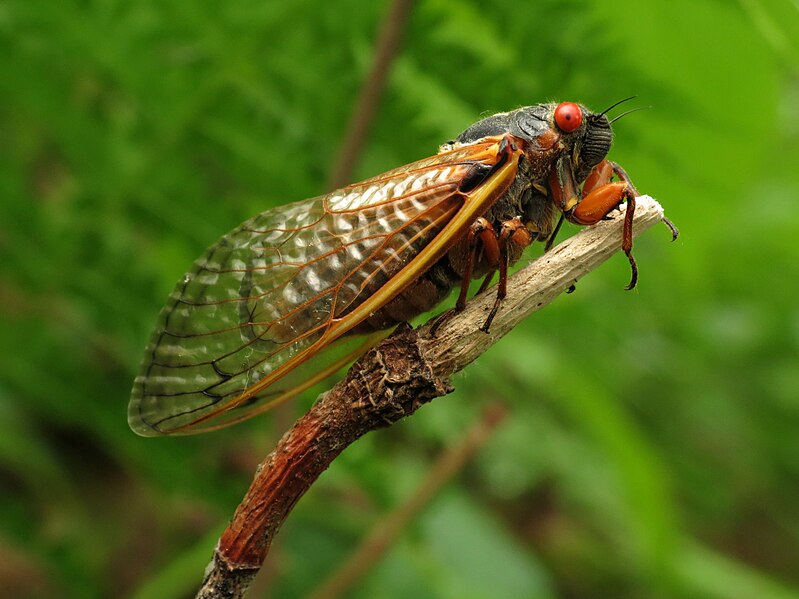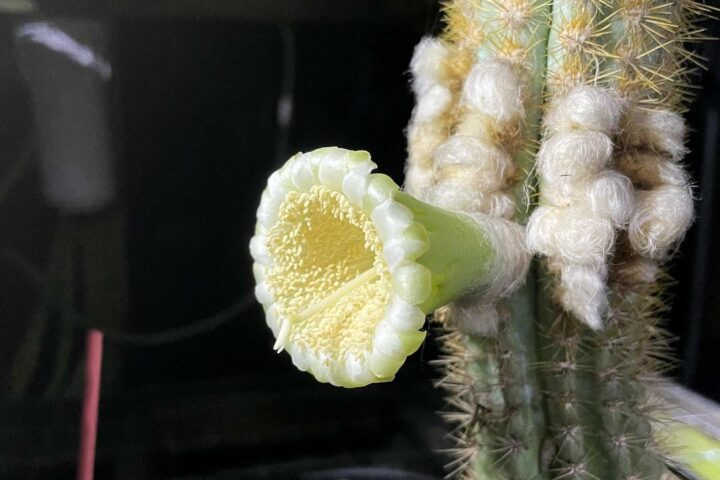Millions of cicadas, which emerge every 17 years, are expected to appear in the region with their unique and very loud chirping sound. These cicadas are expected to appear in only a few eastern states.
Cicadas have begun to emerge in the Chicago area and are expected to do so by the millions in the coming days. In some suburbs and wooded areas of Chicago, they have already started to appear, and in the coming days, more locations will see the emergence of these unique, noisy, and harmless insects.
Cicadas are insects that can measure between 1.5 and 6.5 cm. They spend most of their lives, which can be between 2 and 17 years, underground as larvae and nymphs. As they near maturity, towards the end of their lives, adult cicadas emerge to the surface, often in numbers reaching millions, to mate and lay eggs, from which the next generation will emerge years later after a long metamorphosis process. They are harmless to people and pets.
In the Chicago area, the 17-year cicadas will appear, something that last happened in 2007. In other areas of Illinois, 13-year cicadas will also emerge, a rare convergence that will occur in central parts of the state for the first time in 221 years.
The forecast was that cicadas would begin to appear, emerging from the ground where they have lived all their lives, around May 15 or when the soil temperature reaches 64 or 65°F (about 18°C).
Similar Post
Media reports have indicated that cicadas have already been seen in various parts of the Chicago metropolitan area, such as Morgan Park and Palos Park in the south, Lisle and Downers Grove in the west, and Edison Park and Lake Forest in the north.
After their reproductive process, adult cicadas die shortly thereafter. However, upon emerging, besides their enormous numbers, cicadas are characterized by the high-pitched sound produced by the males, which can be deafening. According to a statement from the Morton Arboretum, a natural and conservation center west of Chicago, “scientists say, there can be as many as 1.5 million cicadas per acre,” a figure equivalent to 370 million insects per square kilometer.
Cicadas are completely harmless to pets. The issue that may arise in Chicago and Illinois is that as millions of cicadas emerge and then die, we must prevent pets from eating them. Excessive ingestion of cicadas by pets can cause indigestion or other stomach issues. However they can hurt young trees, “After the cicadas pair up through those ear-splitting mating calls, the females make small slits in slender twigs and lay their eggs there. This is not a problem for trees that are mature, with big branches and plenty of twigs to spare. However, small or newly planted trees, whose branches are mostly twig-sized, are at more risk of lasting damage,” Morton Arboretum explained. They suggest wrapping young plants in the outdoor as precautionary methods.


















